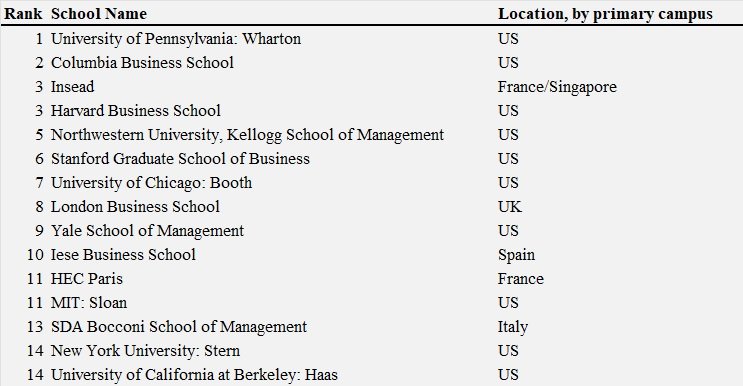Last November the council of the ABA’s Section of Legal Education and Admissions to the Bar voted in favor of allowing law schools to accept GRE scores in place of the LSAT for admissions decisions. However, a recent Kaplan survey suggests that law school admissions officers still give admissions preference to students who submit LSAT scores.
Kaplan’s survey respondents included representatives from 25 schools that accept both LSAT and GRE scores from applicants. Of these, 13 reported an admissions advantage for students who submit LSAT scores and the remaining 12 reported that they view the tests equally. None of the schools expressed a preference for the GRE.
Jeff Thomas, Kaplan’s Executive Director of Legal Programs, summarized the survey results: “What Kaplan’s survey shows is that while there is some definite movement to accept the GRE among law schools, there’s still not full acceptance. Of the schools we spoke with that accept scores from both exams, half say that applicants who submit LSAT scores have the edge over GRE applicants. In fact, no law school we spoke with gives the edge to GRE applicants. Some admissions officers noted the LSAT is created specifically for law school admissions so they have more faith in it, while the GRE, as its name suggests, is much more of a general exam. Schools also treat LSAT students more favorably, giving quicker admissions decisions to LSAT applicants, and scholarship awards exclusively to LSAT applicants. Our research suggests it will be at least several more years before law schools fully warm up to the GRE.”
The survey also provided an opportunity for law school admissions officers to write narrative responses. These direct quotes, while anonymous, offer additional insight into how admissions officers view the two tests.
Some express a greater faith in the validity of the LSAT’s predictive value for an applicant’s performance in law school.
“The GRE does not breed confidence in me to put my professional reputation on the line. (I still have bills to pay….) The primary reason why we are including the GRE as an option is because the faculty of this institution didn’t want to ‘fall behind’ the law schools. Well, how do we know where those other law schools are going? How do we know that that direction is the direction that we need or want to take?”
“The advantage to the LSAT is that it is established, accepted universally, and unique to law school. The vast amount of data and history gives it predictive value. Individually, there can be a benefit to someone who can perform better on the GRE, but in terms of competing in a pool, it is still relatively unknown in law schools.”
“Individuals with an LSAT score will probably need to wait less time to receive an admissions decision. This is because the individuals who evaluate the application for admission have more faith in the validity, reliability and minimization of standardized testing bias that accompany the LSAT.”
“From my own experience, the GRE is a glorified SAT that doesn’t actually tell us anything about a prospective student’s ability to be an effective law student. The LSAT’s not perfect, but it’s a much better diagnostic tool.”
Others suggest that taking the LSAT is more indicative of a commitment to law school and the legal profession, as opposed to the GRE which may imply that an applicant is considering law school among other graduate options.
“For now, we believe that applicants most interested in attending law school will take or have taken the LSAT. Considering the high focus on the cost of law school, graduate debt load, and volatile employment outcomes, we think it is prudent to admit students who have been preparing for law school over time. In addition, there is data that asserts the GRE has the same bias as other standardized tests, so it remains to be seen whether it will result in a significant increase in diverse applicants overall.”
Finally, another admissions officer pointed out that the LSAT is the preferred test when it comes to determining who will receive scholarship funds.
“We do not offer robust scholarships to GRE only applicants.”



